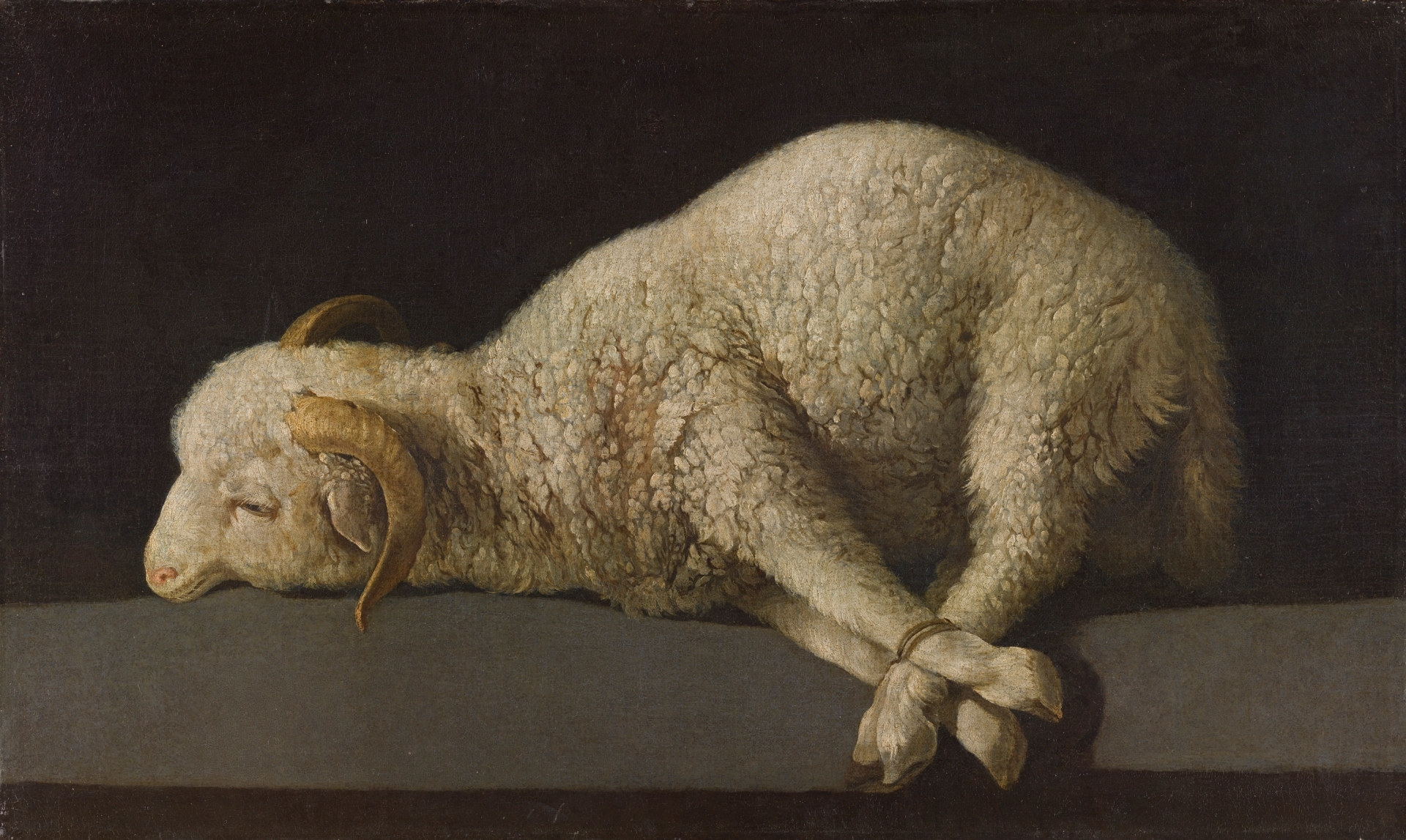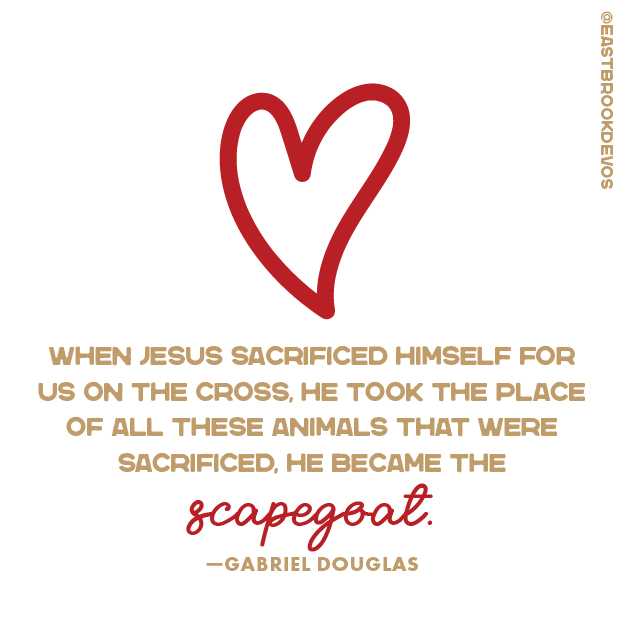If you are anything like me, when reading the Old Testament there are a lot of confusing things. One of those things being all the festivals and days the Old Testament brings about. Passover, the Feast of Tabernacles, or the Feast of Booths. When I was a kid, I thought the Feast of Booths was a bunch of people sitting in restaurant booths eating food all day!
There may be a similar confusion to what is happening in our passage today. This is a chapter of Leviticus talking about the Day of Atonement. The Day of Atonement is the most solemn of all the Israelite festivals, and was marked by God instructing Aaron, the high priest, to come into this place called the Holy of Holies where God’s spirit dwelled.
Aaron, or any other high priest could not come in whenever he wanted, but this was a day where he would enter and pray for the sins of the people. There were all these rituals that had to be done, including animal sacrifice, and God had specific directions for how this should be done. The Day of Atonement shows that the sacrifice of an animal’s life could communicate the gravity of human evil. The high priest would put his hands on the goat’s head and pray all the sins of the people and send it to the wilderness so that the sins were taken away. When Jesus sacrificed Himself for us on the Cross, He took the place of all these animals that were sacrificed, he became the scapegoat. He bore our sins, so that we can live with Him forever. As you go through your day today, take some time to thank Jesus that He bore our sins and we can be free in Him because of His sacrifice.
For reflection:
- If God knew that the goat couldn’t really take away all the sins of the world (we clearly know that could only ultimately be accomplished by the sacrifice of Jesus), why do you think He established this practice here in Leviticus? What does that tell you about God and His love for His people?
by Gabriel Douglas
Recommended Posts

Following Our King
April 19, 2025

Practice: Jubilee
April 18, 2025

A Gift of Grace
April 17, 2025



